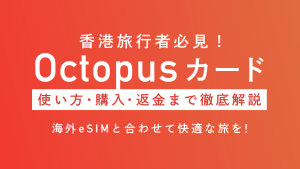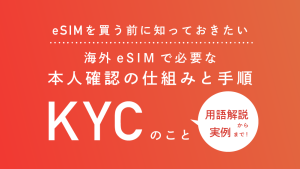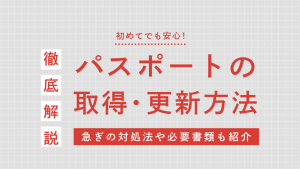In 2024, it seems that over 36 million people will visit Japan to enjoy sightseeing. This year, the Osaka Expo will also be held, and it is expected that even more foreigners will visit Japan. We welcome everyone to visit Japan. This time, we would like to provide information that you should know in advance when visiting Japan. We hope that by learning a little about Japan beforehand, you will have a comfortable and enjoyable trip.
The four seasons of Japan
Spring(March to May)
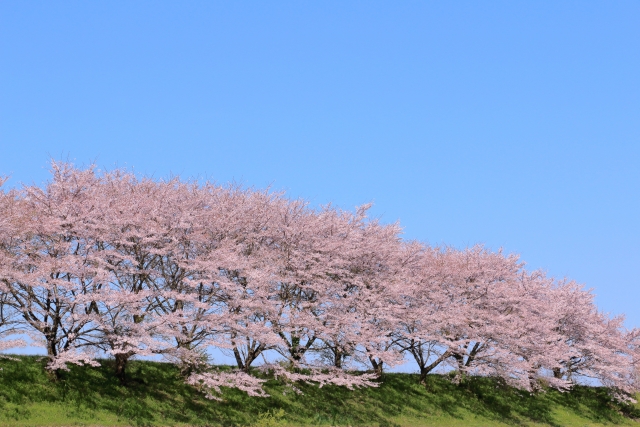
Weather: The cold will ease, and it will become a comfortable and mild climate. However, as the saying goes, “San kan shi on” (three cold days followed by four warm days), temperatures can change every few days.
Scenery: Above all, it is the season of cherry blossoms. Cherry blossoms bloom across various regions in Japan, bustling with people enjoying Hanami (flower viewing). There are many types of cherry blossoms, including “Somei Yoshino”, and the blooming periods vary by region. Fresh greenery also begins to sprout, coloring the mountains in vibrant green.
Food: Strawberries, bamboo shoots, and wild vegetables come into season. You can also enjoy traditional Japanese sweets that are colorful and spring-like.
Clothing: Long-sleeved shirts, blouses, cardigans, and jackets are convenient. It can be warm during the day, but mornings and evenings may be chilly.
Events: Hanami events are held in various places. On Children’s Day (May 5th), you can see colorful carp streamers flying in the sky.
Summer (June to August)

Weather: There is a rainy season (from mid-June to mid-July) with a lot of rain and high humidity. After the rainy season ends, the heat truly arrives, with both temperature and humidity rising.
Scenery: The greenery becomes lush and vibrant, creating a landscape full of life. It is the perfect season to enjoy leisure activities by the sea, pool, or mountains.
Food: Watermelon, peaches, and summer vegetables come into season. “Cold Somen” and “Udon noodles”, as well as shaved ice, are also popular.
Clothing: Cool clothing such as short-sleeved shirts and T-shirts is essential. Due to the strong sunlight, don’t forget hats, sunglasses, and sunscreen.
Events: Summer festivals and fireworks displays are held all over the country, creating a lively atmosphere. It is also a great opportunity to experience traditional Japanese culture, such as Bon Odori.
Autumn (September to November)
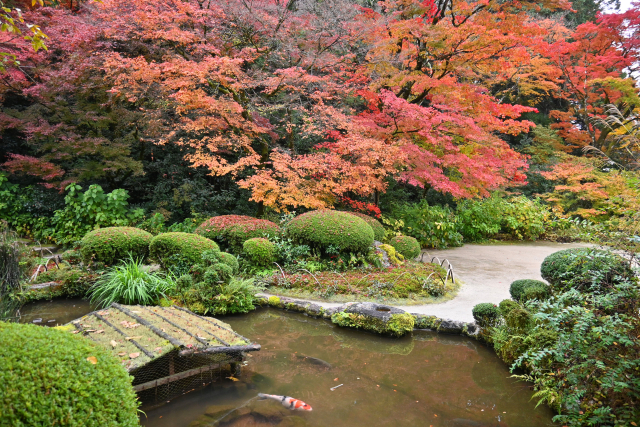
Weather: The heat will ease, and it will become a refreshing and comfortable climate. It may get chilly in the mornings and evenings. However, in recent years, there are times when the temperatures in September and October continue to be like summer, so it’s a good idea to check the temperatures and weather thoroughly before traveling.
Scenery: It is the season of autumn foliage. The mountains and trees in parks will turn red and yellow, creating breathtakingly beautiful scenery. Autumn foliage spots, such as Kyoto and Nikko, are especially popular.
Food: It’s the season for flavors like chestnuts, persimmons, grapes, “Sanma” (Pacific saury), and mushrooms. It’s also a delicious time for new rice.
Clothing: Long-sleeved shirts or blouses, light jackets or sweaters are useful. It is good to layer to adjust to temperature changes.
Events: Autumn foliage festivals and harvest festivals are held in various regions. It is also referred to as the autumn of art, and visiting museums and galleries is recommended.
Winter (December to February)
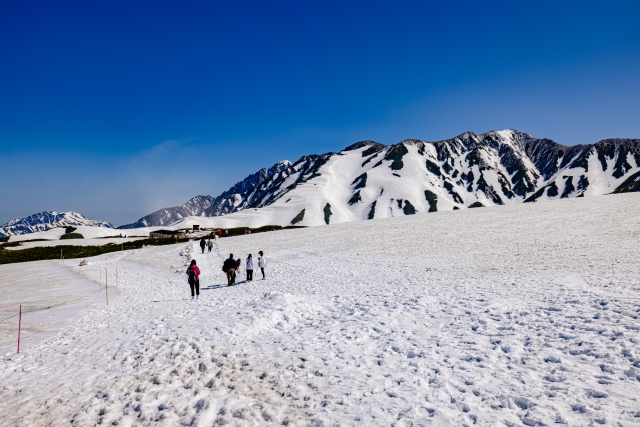
Weather: The cold intensifies, and in some areas, it snows. Particularly on the Sea of Japan side and in mountainous regions, there will be significant snowfall. It tends to be dry, so moisture retention measures are also important.
Scenery: The snowy landscape is magical and beautiful, especially when viewed from a hot spring. The air is clear, making night views stunning as well.
Food: Delicious warm foods include crab, yellowtail, oysters, and hot pot dishes. You can also enjoy warm sweets unique to winter.
Clothing: It is essential to properly prepare for the cold with thick coats, down jackets, sweaters, scarves, gloves, and hats. It’s advisable to choose non-slip shoes in anticipation of snow and ice.
Events: At the end of the year and the beginning of the next, traditional Japanese events such as Hatsumode take place. In some regions, snow festivals are also held.
Currency and Payment
Currency
Currency is represented by “Yen (JPY)” and is indicated by the symbol “¥”. The main denominations in circulation are three types of banknotes: 1,000 yen, 5,000 yen, and 10,000 yen. Occasionally, you might see a 2,000 yen note, but it is not common. There are six types of coins: 1 yen, 5 yen, 10 yen, 50 yen, 100 yen, and 500 yen.
Payment method
The main payment methods in Japan are as follows:
Cash:It is still widely used as the primary payment method in many places. In particular, small shops, rural stores, and vending machines may accept cash only. Large denominations (5,000 yen and 10,000 yen bills) may not be accepted by small stores that do not have change, so it’s convenient to have smaller bills on hand. Currency exchange can be done at airports, banks, and some hotels. It is recommended to prepare Japanese yen in advance.
Credit Cards: In urban areas and tourist spots, credit cards are accepted in many places including hotels, department stores, restaurants, and larger stores. Major international brands like Visa, Mastercard, American Express, and JCB are widely accepted. For peace of mind, it is advisable to confirm in advance with your credit card company whether it can be used in Japan.
Transportation IC Cards: “Suica” and “Pasmo” are representative examples, primarily used for payments on public transportation such as trains and buses. They can also be used as electronic money at convenience stores and some shops, making them very convenient. You can recharge (top up) them at ticket machines and charging machines at major stations.
QR Code Payments: QR code payments using smartphone apps like “PayPay”, “LINE Pay”, and “Rakuten Pay” are also becoming widespread. To use them, you need to install and register the app in advance and top it up. There may also be campaigns aimed at tourists.
Other Electronic Money: There are electronic money options like “iD” and “QUICPay”, which allow payments by tapping a smartphone or card on a dedicated terminal, but they are not as common as transportation IC cards or QR code payments.
Transportation
Transportation in Japan is very well developed, and you can comfortably travel to various places from urban areas to rural areas. We will explain the characteristics of each of the main means of transportation and points to consider when using them.
Railways (trains, bullet trains)
Train
In urban areas, JR (Japan Railways) and private railways are the main means of commuting to work and school, as well as transportation.
Advantages: On-time performance, relatively inexpensive, wide area coverage.
Disadvantages: Very crowded during rush hour, transfers can be complicated.
How to use: Purchase a ticket at a ticket machine at the station or use an IC card such as “Suica” or “Pasmo”. It is convenient to use route maps and transfer guidance apps.
Bullet train
High-speed trains between major cities allow for comfortable and fast travel.
Advantages: Speedy, comfortable seats, in-car sales and Wi-Fi may be available.
Disadvantages: Fares are high, reservations may be required in advance.
How to use: Purchase tickets at the “Green Window” at JR stations, ticket vending machines, or online. It’s a good idea to make a reservation in advance.
Bus and Taxi
Local Bus
It is an important means of transportation that connects urban and rural residential areas and supports the lives of local residents.
Advantages: Covers a small area, can go to places where trains do not pass.
Disadvantages: May not run on time, can be complicated to ride.
How to use: Prepaid or postpaid, depending on the region and bus company. In many cases, IC cards can be used.
Highway Bus
It is a relatively inexpensive way to travel between cities. There is also an overnight bus.
Advantages: Fares are relatively low, and you can make effective use of your time because you can travel at night.
Disadvantages: Can take a long time, seats can be cramped.
How to use: It is common to make a reservation in advance online or by phone.
Taxi
It can be used mainly in urban areas, but also in stations and in the city.
Advantages: Door-to-door movement, convenient for large luggage.
Disadvantages: High fares.
How to use: Pick up an empty taxi in the city or pick up from a taxi rank. You can also use ride-hailing apps.
Customs and manners
Public Manners
●Be Quiet: In public places like trains, buses, hospitals, and movie theaters, refrain from talking loudly or making a fuss. Use headphones and be mindful of sound leakage.
●Give Up Your Seat: On trains and buses, offer your seat to the elderly, physically challenged individuals, pregnant women, and those with small children.
●Stand in Line: When waiting in places like train platforms, bus stops, or store checkouts, make sure to line up properly. Cutting in line is strictly prohibited.
●Separate Trash: In Japan, waste separation is precisely regulated. Follow the instructions at accommodation facilities and public trash bins for sorting waste.
●Smoking: Smoking in public places is often prohibited outside designated smoking areas. Smoking while walking is also considered rude.
●Photography: If other people are in your photos, take care to get their permission. Avoid taking pictures in places where photography is prohibited.
Table manners
●Don’t make noise: When drinking soup, try to keep noise to a minimum. However, slurping sounds when eating ramen or soba are not necessarily considered bad manners.
●Conversation: Enjoy conversations during meals at a volume that does not disturb other customers.
●Holding tableware: It is common to hold rice bowls and soup bowls in your hands while eating.
Bathing Etiquette (for hot springs, etc.)
●Wash your body before entering the bath: Since the bath is shared by everyone, please be sure to wash your body before entering.
●Do not bring towels into the bath: Avoid bringing towels or personal items into the bath.
●Bath quietly: Refrain from speaking loudly or making noise.
Prepare Well and Enjoy Japan to the Fullest
Japan offers a unique blend of tradition, nature, modern convenience, and warm hospitality. From the beauty of its four seasons to its distinct cultural customs, there’s so much to experience. Whether you’re visiting for the first time or planning a return trip, knowing about local manners, transportation options, and payment methods can make your journey smoother and more enjoyable.
We hope this guide helps you feel more prepared and excited for your adventure in Japan. Safe travels—and enjoy every moment of your stay!



